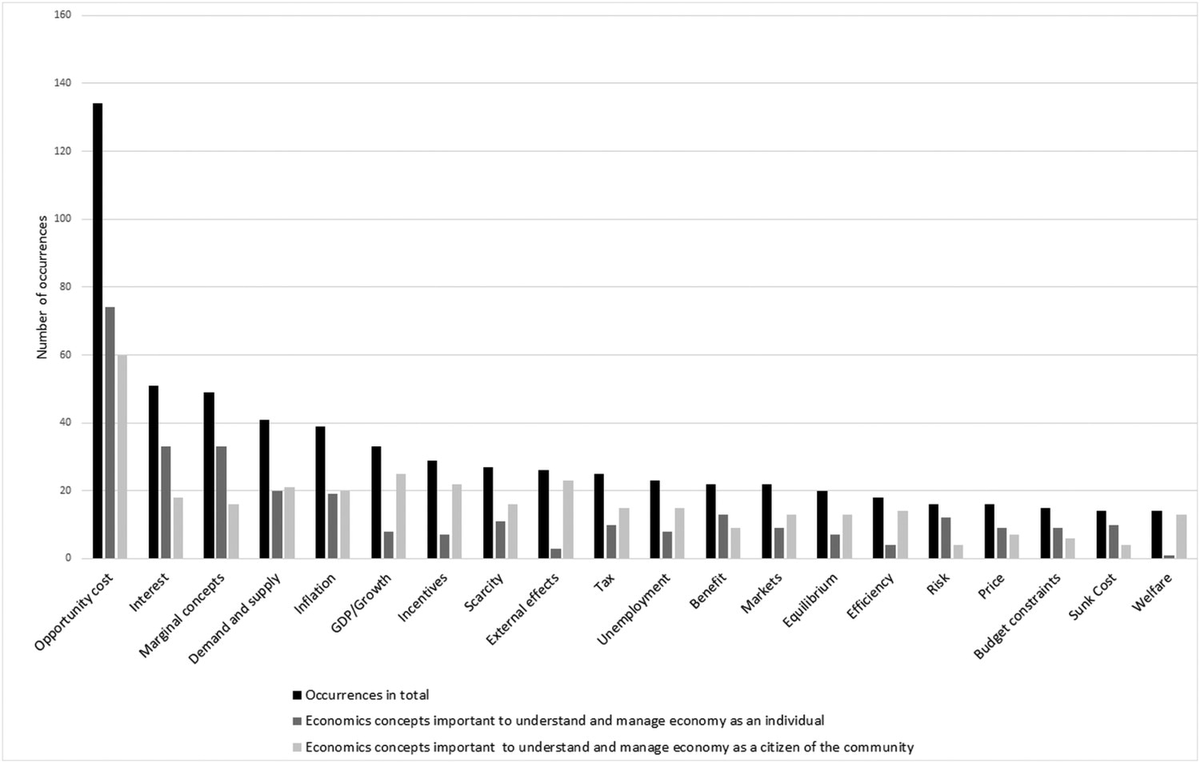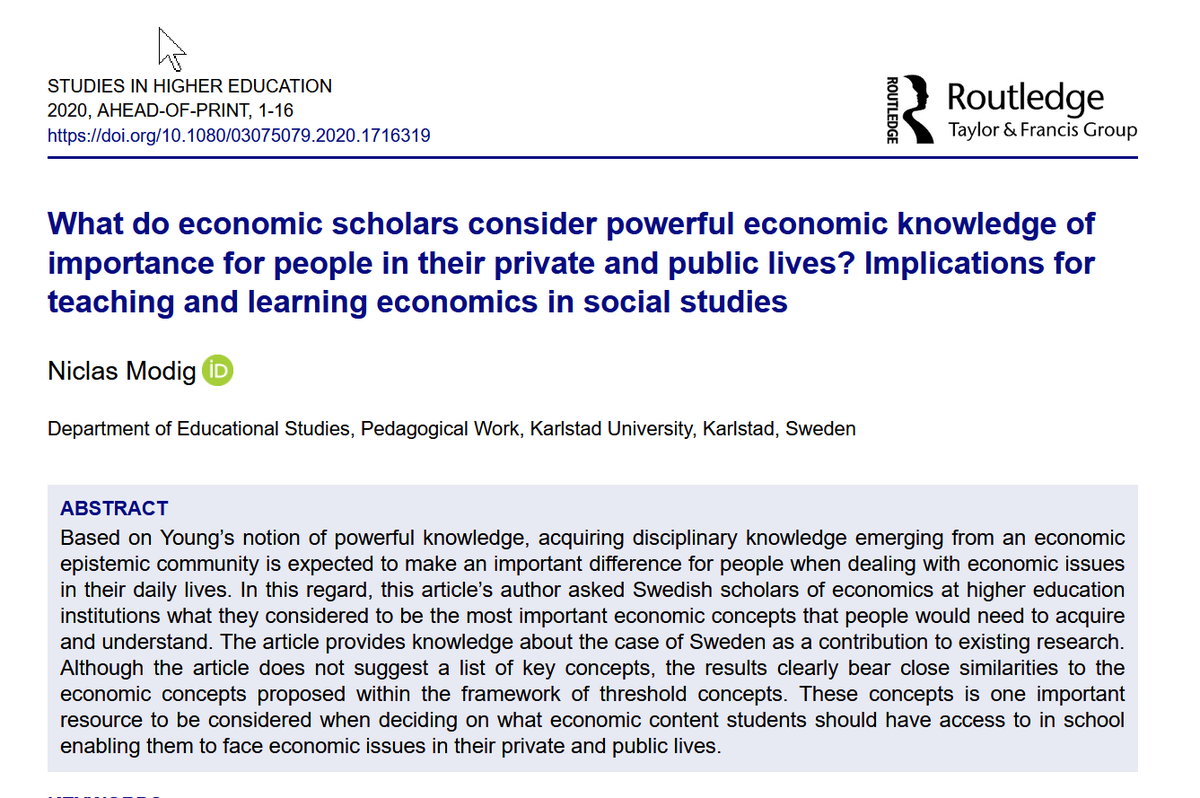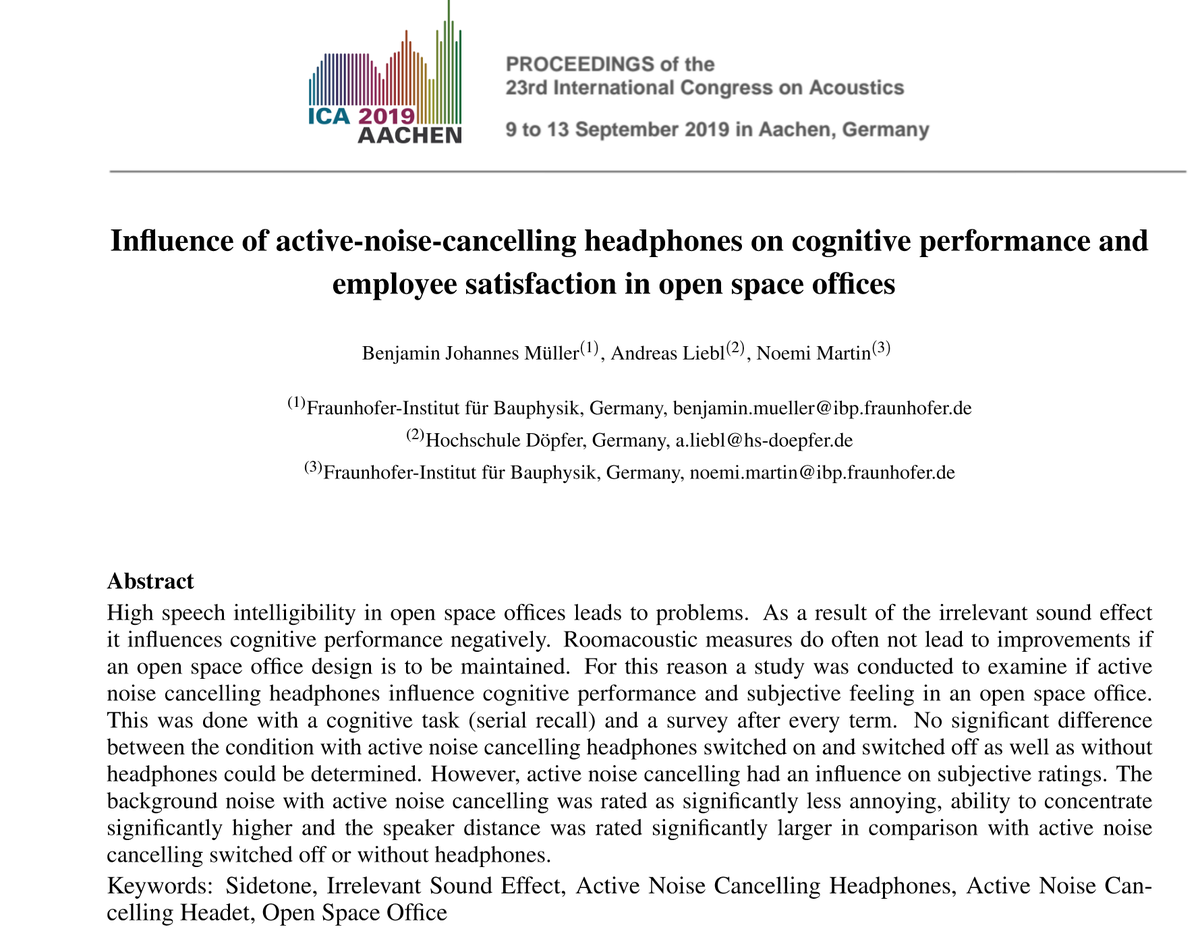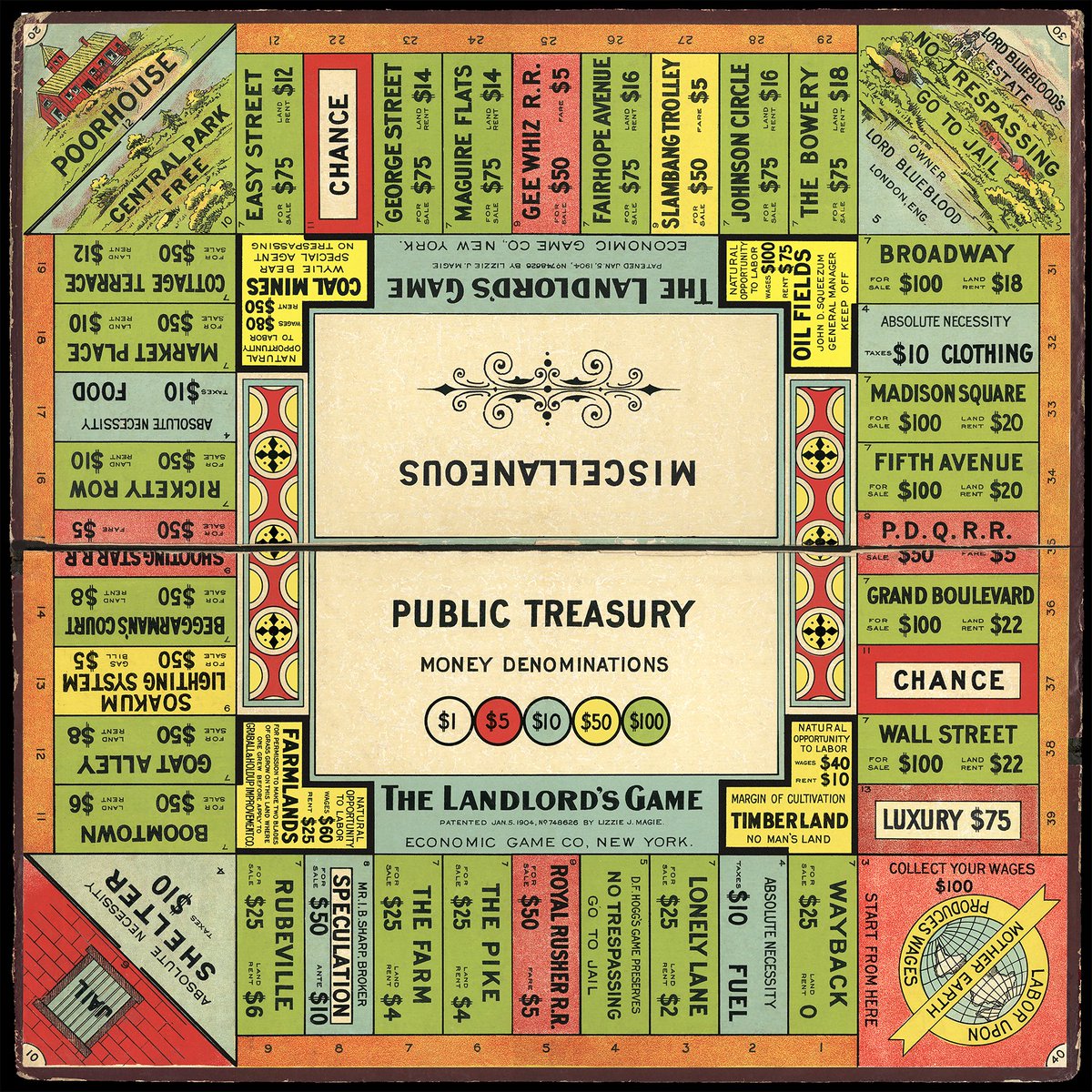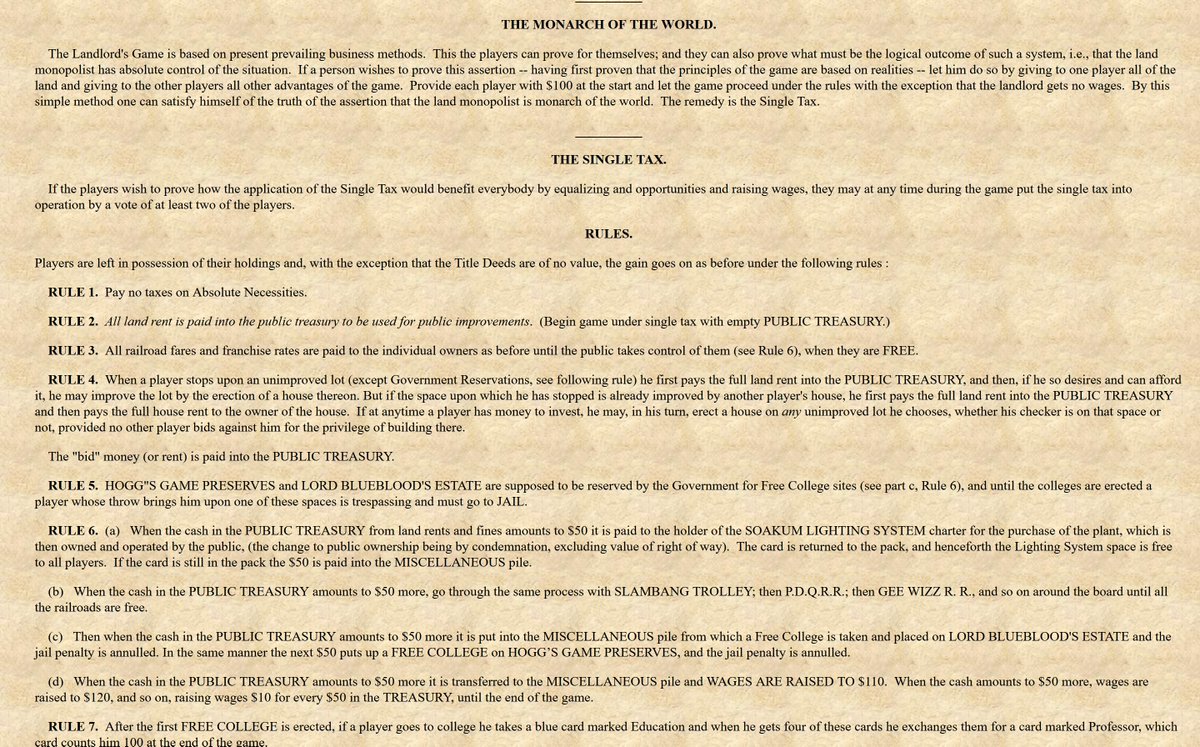
Challenge in social science posts: indicating when claims are causal in papers. Many papers find relationships without trying to show causality- a useful start for more research! But readers may think a causal argument is being made & complain. Good intro: alexedmans.com/blog/corporate…
Academics tend to be very careful about this language. If something is “linked” or “associated” with something else, that is not making a claim that one causes another. Neither is “predicted by” in many cases. This thread 👇 on Hill’s Criteria can help you think through claims.
https://twitter.com/lucystats/status/1253448352643022848
And don’t get me started on “correlation isn’t causation.” Correlation could be:
✅Nothing
✅Causation or reverse causation
✅Confounding factors or omitted variables
✅Both factors lead to group selection (more men are 👩🚒, more 👩🚒 get hurt in 🔥, but 🔥doesn’t burn men more)
✅Nothing
✅Causation or reverse causation
✅Confounding factors or omitted variables
✅Both factors lead to group selection (more men are 👩🚒, more 👩🚒 get hurt in 🔥, but 🔥doesn’t burn men more)

This is a another great resource (and a neat puzzle on causality) for understanding how casual reasoning can be tricky.
https://twitter.com/emollick/status/1312406390493851649
• • •
Missing some Tweet in this thread? You can try to
force a refresh









